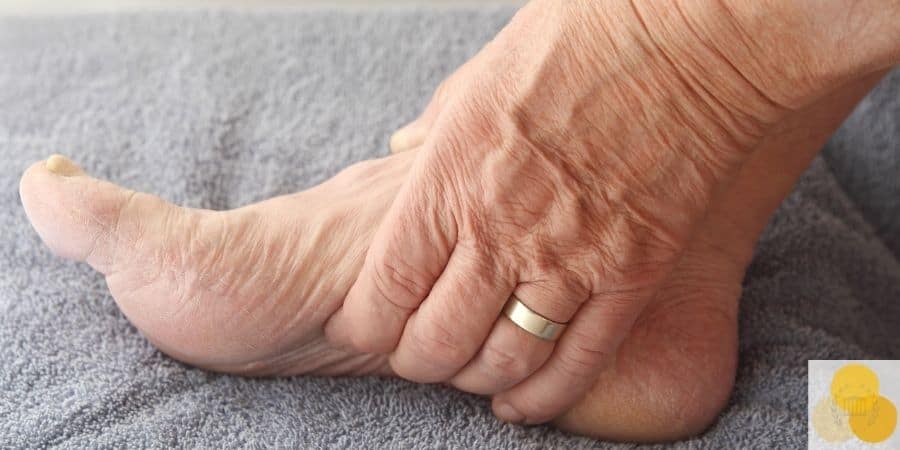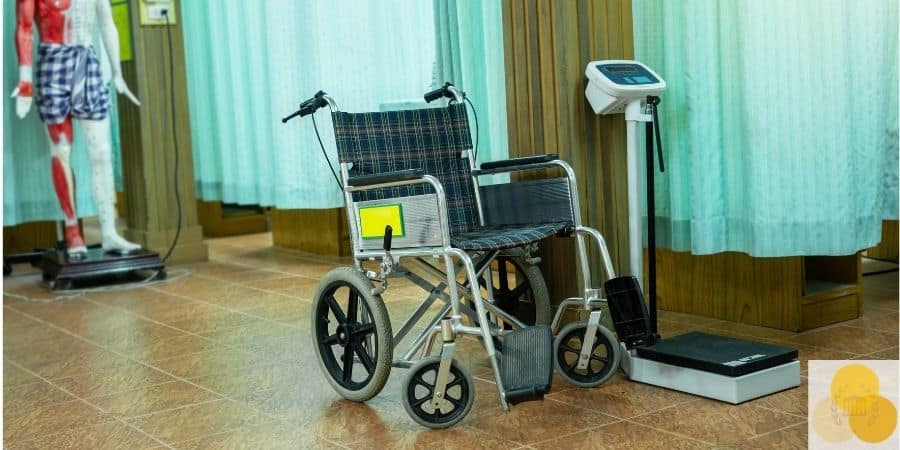Elder Abuse - An Overview
As an older person, you place your trust and health in the hands of others. When one of those people, often a caregiver, acts in a manner that causes harm or creates the risk of injury, they may be liable in a personal injury lawsuit. To qualify as elder abuse, the victim must be over a certain age. The threshold age requirement varies by state but usually ranges between 60 and 70 years old.
The threshold age requirement varies by state but usually ranges between 60 and 70 years old.
How Common is Elder Abuse?
Elderly abuse occurs most commonly in nursing homes. According to the National Center on Elder Abuse, 44% of nursing home residents reported suffering abuse. Furthermore, 95% of the residents said they were neglected or witnessed the neglect of another resident.
Who Gets Abused Most Often in Nursing Homes?
- Older people: Older residents are more likely to experience abuse.
- Females: Female residents are at a greater risk of abuse than males.
- Disability and dementia Residents: Residents with disabilities and dementia, suffer abuse more often. According to one study, 47% of participants who have dementia reported mistreatment by caregivers.
Common Elderly Abuse Cases
The following are typical instances of elderly and nursing home abuse:
● Malnutrition or dehydration: This occurs when staff members fail to ensure patients are eating and drinking. It is the staff’s responsibility to meet the resident’s dietary needs. Failure by the staff to fulfill these responsibilities is neglect and can have significant medical complications.
● Bed Sores: Elderly patients confined to a bed or wheelchair may develop nasty sores, leading to further complications, such as severe infections. It is the staff’s responsibility to move the patients regularly and keep them sanitary. Failure to keep the patient sanitary may be considered neglect.
● Medication errors
● Wandering: Often, patients who have Alzheimer’s or dementia leave a facility and find themselves in danger. Failure to properly monitor these patients can leave staff and a nursing home liable.
● General Abuse: Staff members or other patients may commit verbal, physical, or sexual abuse of the patient.
Who can sue for Elder Abuse?
Generally, the elderly victim is not the one bringing the lawsuit against the abuser. Every state is different, but most states allow someone close to the victim to sue on their behalf.
Family Members and Personal Representatives
Some states allow a family member to bring the lawsuit, while others require a personal representative to sue the abuser. When the victim has deceased, the estate or the estate’s executor brings the lawsuit on the victim’s behalf.
Who Is Liable For Elder Abuse?
If an individual is the one abusing an elderly person, they can be sued directly. This includes abuse of an elderly outside of a nursing home and if an employee of a nursing home is the abuser.
Suing Nursing Homes
Suing a nursing home will typically arise under negligence. This means the nursing home’s actions or the actions of its’ employees were not reasonable. Typically, nursing home liability arises from the elderly patient’s unreasonable care, but it can also occur through the unreasonably hiring of an employee. For example, if the nursing home failed to conduct a background check and that employee abuses an elderly patient, the nursing home may be liable for wrongfully hiring the employee.
Minimum Standards of Nursing Homes
Some states have established laws and regulations for the minimum standard of care for a private nursing home. Therefore, nursing homes may be automatically liable if they violate the minimum requirements.
Abuse Outside The Nursing Home
Elderly abuse occurring outside of the nursing home generally involves a family member or a health care provider. The family member or health care provider has the responsibility of taking care of the elderly person at their home. These abusers are held responsible in the same manner as individuals and nursing homes.
Intentional Elder Abuse
When the abuser acted with the intent of harming the elderly victim, they can be sued under intentional torts. Liability here occurs when the abuser knew what they were doing and intended to harm the victim.

Step-By-Step Elder Abuse Lawsuit
Step 1 - Keeping track of medical records
The elder abuse lawsuit itself will be similar to other personal injury lawsuits. Once you receive medical treatment, you should begin preparing for the legal process. This includes finding any pictures that were taken of your injuries if they are visible. Monitoring and recording your medical treatments in real-time will make it easier in the future to provide this information to your attorney.
Monitoring and recording your medical treatments in real-time makes it easier in the future to provide this information to your attorney.
Step 2 - Finding a lawyer
The next step in an elder abuse case is finding a lawyer. When looking for a lawyer, don’t just type into Google “personal injury lawyer.” It’s just too broad. You want expertise specifically within the elder abuse space. Ideally, it would be great to find a lawyer who’s already tried a case with your specific type of injury.
Step 3 - filing The Lawsuit
It’s now time to file the lawsuit. Assuming you have a lawyer representing you, your involvement should be minimal. Once the case is filed, it will move into the discovery stage. During this time, your attorney will receive requests for information from the defendant’s attorney. Many times, your attorney will be contacting you to collect the necessary information to respond.
The victim may have to attend a deposition, where the other side will ask you questions about the accident and your injuries. Additionally, the family members who frequently had contact with the victim may have to attend a deposition. In these cases, the family members often have information regarding the development of any injuries suffered or the abuse itself.
Step 4 - Negotiation, Settlement, and Trial
Once the discovery process is over, the sides will then begin negotiating. This process can be over quickly or be a long, exhaustive process. Remember, your attorney is required to advise you of any offer the defense makes. If you cannot reach an agreement, the sides will move forward to court assisted settlement discussions involving mediations or settlement conferences with the court. If these options fail, then the court will order an arbitration or have a trial.

Finding The Right Lawyer For Your Elder Abuse Case
Elderly abuse cases are extremely sensitive and emotional. Someone you love has been abused and injured as a result of this. Therefore, it is essential to pick the right attorney. Plenty of law firms can handle elderly abuse, but few specialize in it. This attorney will be your go-to person until the case is over for legal questions and often as someone to lean on. Attorneys often say they have two jobs, to be their client’s attorney and therapist. Therefore, it is essential to pick an attorney you feel comfortable with and that you can trust.







